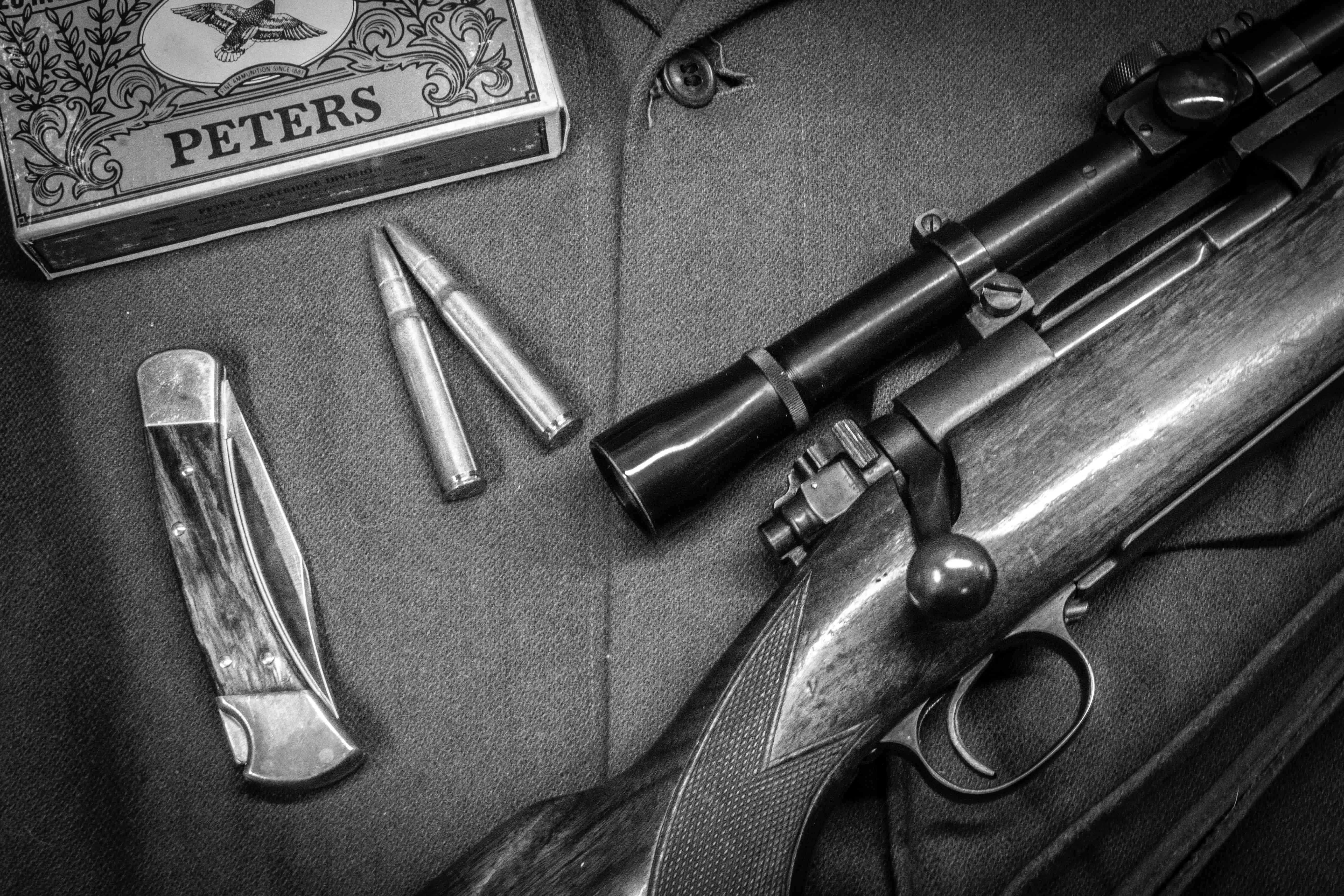
When a product is named “Alaskan,” it comes with certain expectations. It has to be rugged and tough, ready for anything thrown it’s way. Brutal terrain, unpredictable weather, and of course, Grizzly bears. The Lyman Alaskan withholds that reputation.
The Lyman Alaskan is one of the finest scopes ever made in America. It was manufactured from 1939 to 1957 and hit the market just as telescopic sights became popular for the everyday shooter. Its superior durability earned its way onto the U.S. Army’s sniper rifles in WWII and Korea, designated the M81 and M82. Today, the scope is still used and relied on by many hunters and sportsmen.
While a direct comparison can’t be made to modern scopes, the Lyman Alaskan still holds its own. Having spent the last couple of years shooting through one on various rifles, it’s become one of my all-time favorite scopes.
Affiliate Disclosure: This article may contain affiliate links. When you use these links, I earn a small commission from each sale generated at no cost to you. This commission helps me continue to put out free content. I work a full-time job that I am very happy with; therefore, I don’t need this commission and am not obligated to speak highly of any product. Everything written is my own opinion: the good, the bad, and the ugly.
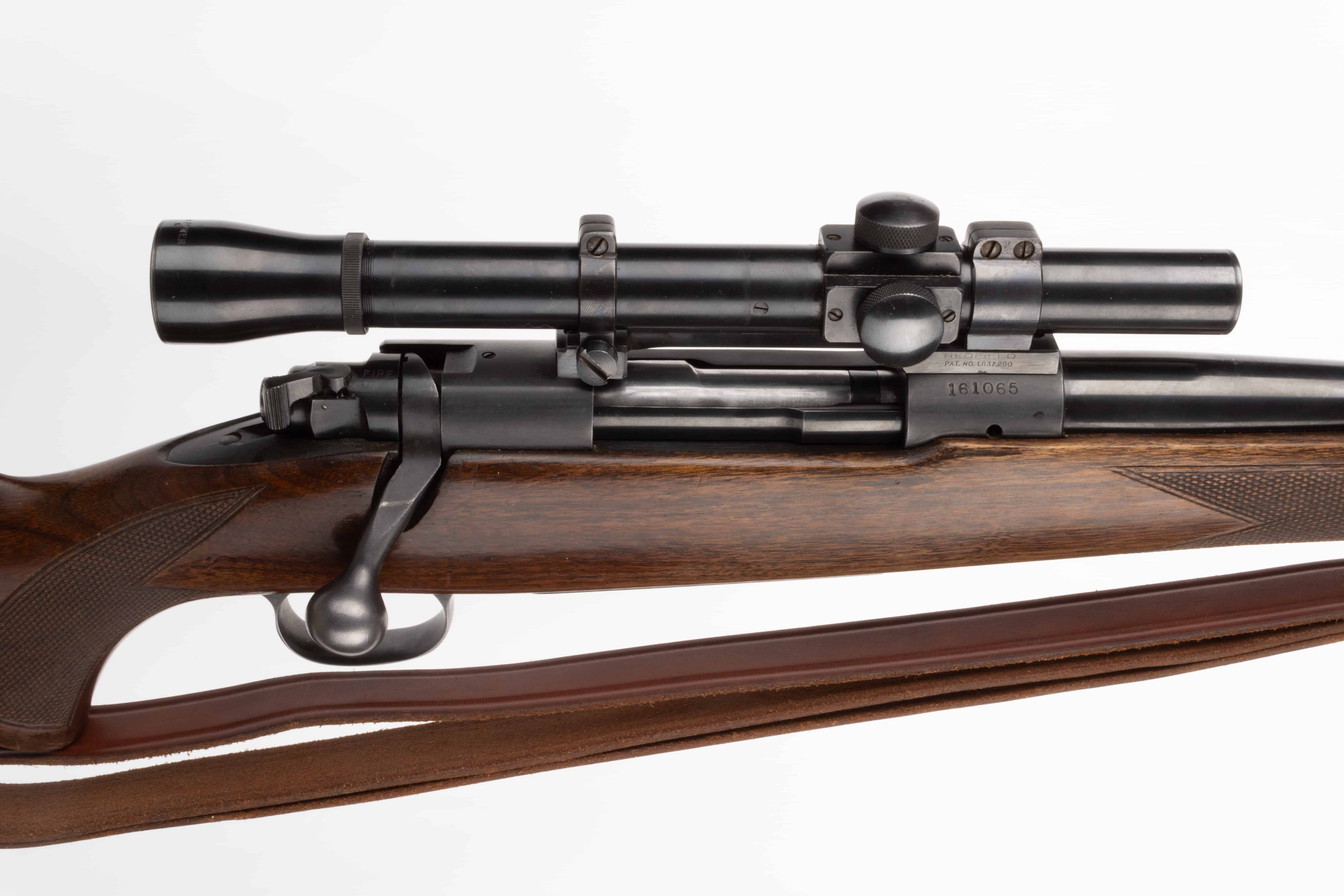
The Lyman Alaskan
The Lyman Alaskan built itself quite the reputation for being durable. Introduced to the public in 1939, it came in a bright orange box with a Dall sheep head and bullseye target on the label. The text on one side of the box reads, “LYMAN ALASKAN ALL-WEATHER HUNTING SCOPE.” Another side describes the scope in detail with, Designed for Hunting Rifles emphasized.
The Lyman Alaskan is a straight 2 1/2 power scope with a 7/8-inch all-steel blued tube. The windage and elevation adjustments are internal and marked appropriately for direction. The glass was made by Bausch & Lomb and is polarized. The Alaskan has great light-gathering characteristics for the era but is hardly comparable to modern optics.
| Length | 10 1/2 inches |
| Weight | 12.45 ounces w/ Redfield Rings |
| Power | 2 1/2x |
| Field of View | 40 feet at 100 yds |
| Tube Diameter | 7/8 inch |
| Adjustment | 1 Click = 1 inch at 100 yds |
| Eye Relief | 5 inches |
The Alaskan had a rather long eye relief, making it a popular option for rifles that don’t normally have the bolt handle clearance for scopes, such as the Winchester Model 54 and 1903 Springfield.
“LYMAN ALASKAN: This is one of America’s newest and finest telescopic sights designed for high power rifles and constructed with precision and attention to detail.”
– Philip B. Sharpe, The Rifle In America, 1938
In 1938, Philip B. Sharpe wrote that the Lyman Alaskan would be available in seven different reticle types: blunt picket post, blunt picket post with a fine cross-wire, sharp picket post, sharp picket post with cross-wire, tapered flat-top post, tapered flat-top post with cross-wire, and plain cross-wires also known as “crosshairs” today. While this may have been the case when it was introduced, many examples are found with a target dot and some with the two-dot drop compensated reticles. I am unsure whether this was done at the factory or by a custom shop.
It is worth noting that Philip B. Sharpe wrote about the Lyman Alaskan in his book, The Rifle In America. That book was published in 1938, the year before the Lyman Alaskan was released to the public. It is safe to assume that he was given a few examples to review prior to their release.
All Lyman Alaskans were serial numbered. Unfortunately, little to no data exists regarding the years the associated serial numbers were manufactured. However, one thing that is widely known is that Alaskan scopes with a “B” prefix were military-issued scopes, bringing a hefty price tag today.
One odd variation is the Lyman Fixed Alaskan. They aren’t too commonly seen and have no internal adjustment. They are basically just a straight tube, and all of the adjustments had to be made with the scope mounts. These are identified by their “F” prefixed serial numbers and lack of any adjustment turrets.
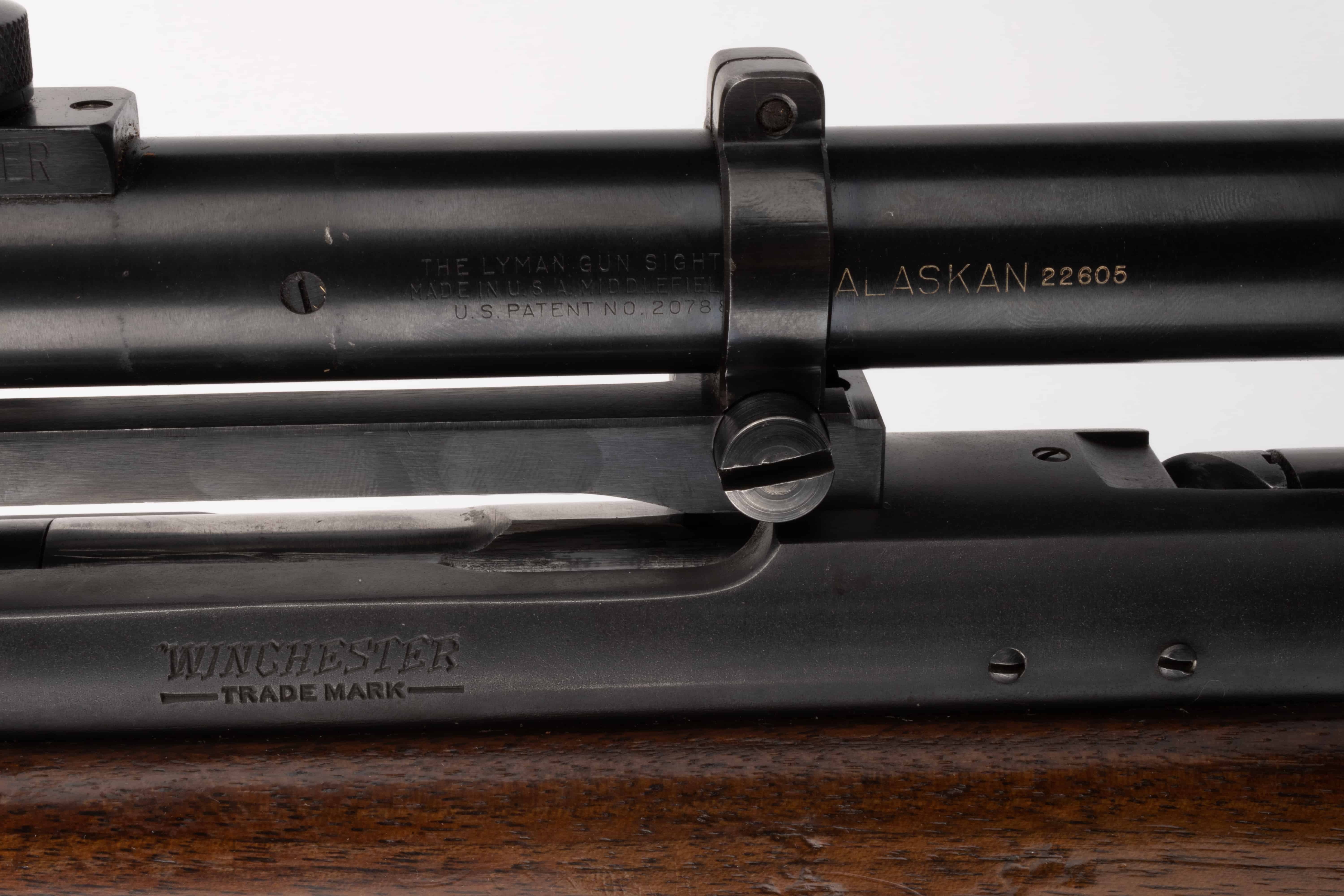
“Select the widest possible field and best illumination, and for this we would heartily recommend the Weaver K2.5 and Lyman Alaskan 2 1/2 as being about the finest scopes ever produced for timber shooting.”
– Elmer Keith, Elmer Keith’s Big Game Hunting, 1948
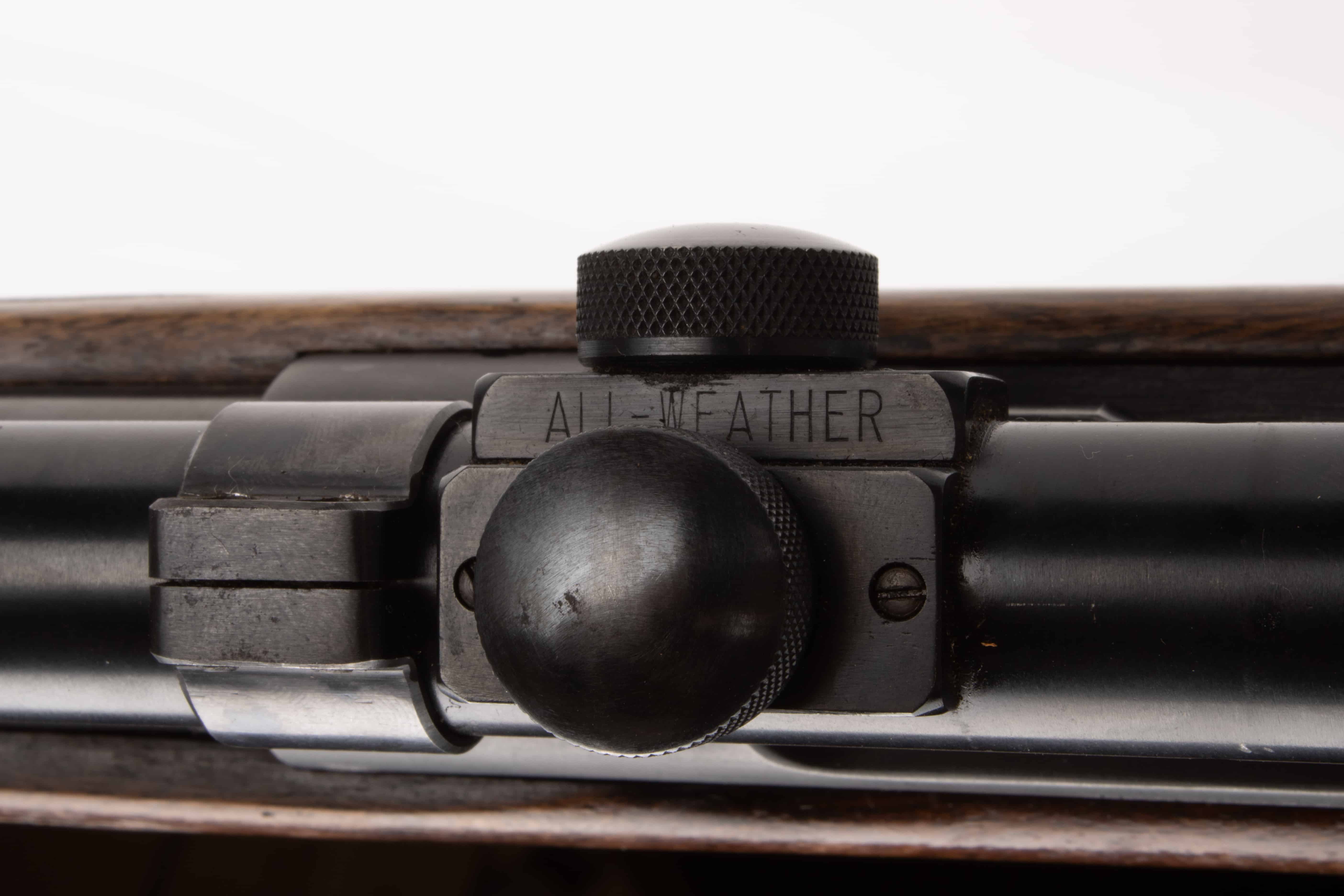
Lyman Alaskan Variations
Unfortunately, very little data exists on these scopes. However, many people have done research to help piece together the story. This research can be found on many different forum boards. If I can find the original sources that verify this data, I will add them. The changes listed below did, in fact, happen, but the dates and serial number ranges may not be entirely accurate. The following two paragraphs should be taken lightly as there is no hard data on them, and the dates may not be accurate.
The first 4,000 or so Lyman Alaskans, made from 1937-1941, did not have covers on the adjustment turrets. When adjustment covers were added, “ALL WEATHER” was added to the adjustment mechanism, referring to the sealed adjustments.
“A very good prewar American scope was the old Lyman 2 1/2x Alaskan. I still have an Alaskan on a .30/06 which I have used in various Western states, in the Yukon, and in Africa.”
– Jack O’Connor, The Hunting Rifle, 1970
Sometime in the mid to late 1950s, the ocular bell changed to having two lenses instead of one. A difference in the shape of the ocular bell can identify this change. According to Bob Bell, author of The Gun Digest Book of Scopes and Mounts, this change also increased the scope length from 10.5 to 11.25 inches.
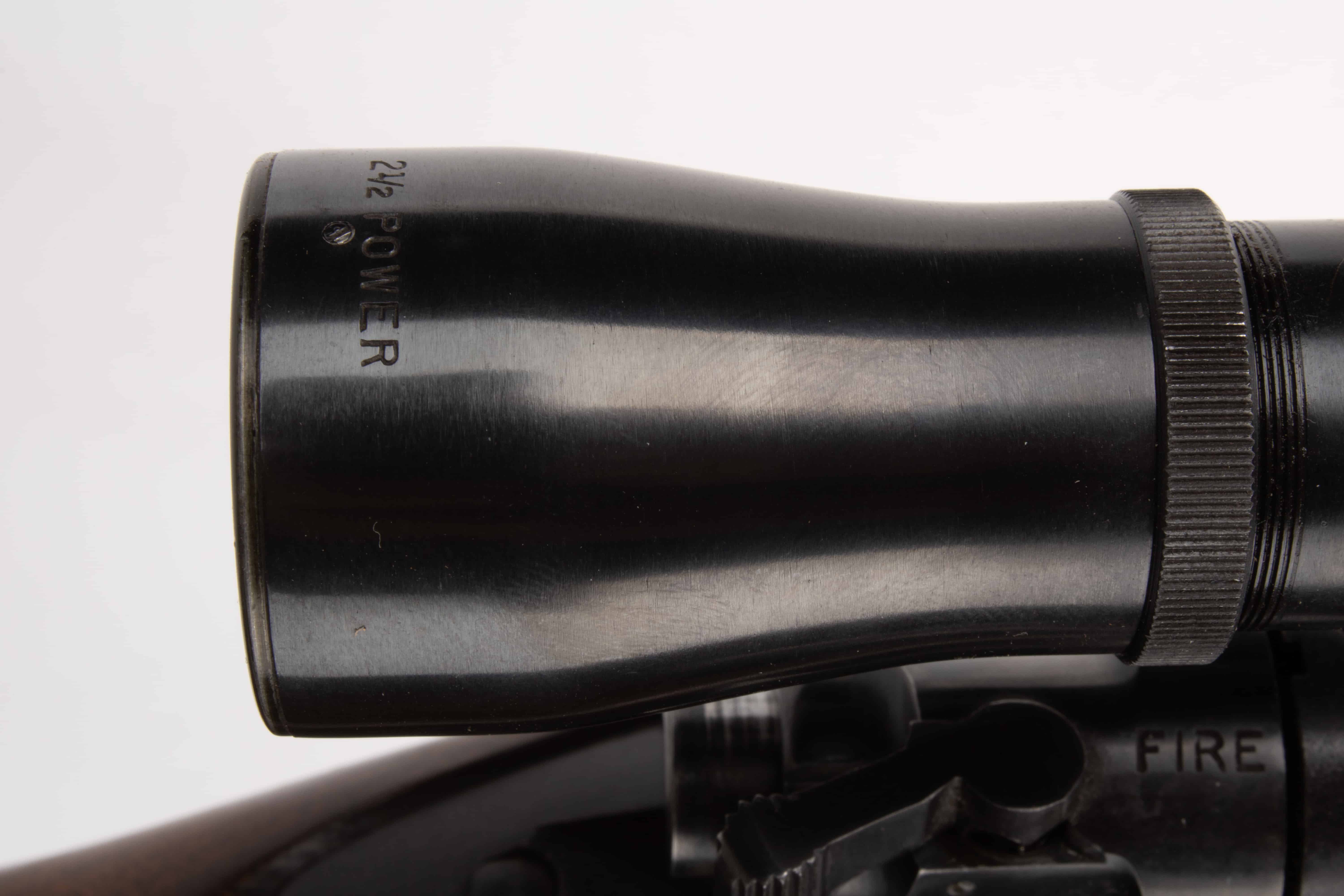
The Military Issued Lyman Alaskans: M73, M81, M82, and No. 32 T.P.
The U.S. and Canadian military used the Lyman Alaskan for a period of time, starting near the end of World War II and ending sometime after the Korean War. In a Lyman ad from 1952, the company states, “During most of 1951, every Alaskan produced was for the Armed Forces.” Functionally, these scopes were the same as the original Alaskan models. The difference lay in the reticles as well as the markings and designations.
First came the M73/81. This little-known and widely disputed model was used to fulfill the first contract for the U.S. Ordnance Department. The Ordnance Dept. ordered rifles with a tapered post reticle, but Lyman could not fulfill that request initially due to a shortage of material needed for the reticle. The Ordnance Dept was willing to accept up to 2,000 of the standard crosshair reticles until the rest of the order could be fulfilled.
Use coupon code KTG10 to get 10% off your order of $150 or more at Brownells.
Using the commercial scopes that they had in stock at the time, Lyman delivered 350 scopes with the standard crosshair. The first 149 of these 350 scopes would be labeled Telescope M73 per the Ordnance requirements. All 149 of these marked M73 were then ground off and marked M81. The remaining 201 scopes were marked “Telescope M81” with associated serial and stock numbers. The Snipers Hide forum has some great documents showing this ordnance debacle.
The M81 designation represents the use of the crossed-wire reticle. While the M82 used a tapered post-reticle. Both the M81 and M82 scopes were used on M1C, and M1903A4 rifles in WWII and Korea. They are mechanically the same as the Lyman Alaskan but have an additional eyepiece and sunshade.
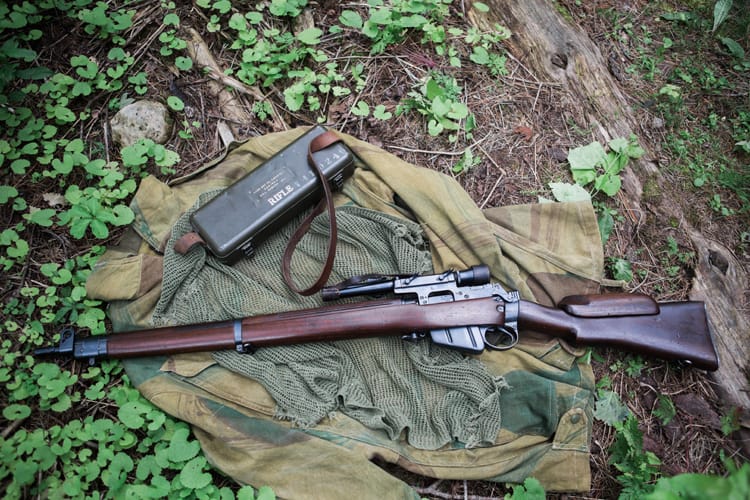
A lesser-known military-issued Lyman Alaskan went to the Canadian Armed Forces during WW2. Designated the C No. 32 T.P. (Canadian No. 32 Trade Pattern) part number CGB 88GA, Lyman fulfilled a contract for the Canadian government. These scopes had the tapered post and cross-wire reticle per Canadian contract terms. The Lyman Alaskan was proposed because of its superior weatherproofing over their issued No. 32 REL scope.
According to Ian Skennerton, author of The Lee Enfield, the Canadians placed an order for “450 Sniper rifles with the US telescope’, apparently the Lyman Alaskan; the records indicate that 99 of the No.4(T) Lee Enfields were set up with this scope in 1945.” None of these were shipped to fulfill British contracts. These Canadian contract Lyman No.32 T.P. scopes have an “S” suffix on the serial number.

The Leupold Alaskan Scope
In 1990, Leupold introduced a line of nostalgic scopes that included the Alaskan. This Alaskan was nearly identical to the original Lyman and was available in 2 1/2, 4, and 6 power. The four and six power scopes were different in external appearance. The scopes were discontinued in 1991, a year after being brought to market.
Leupold also offered their own “Alaskan” rings specifically for the scope. These rings were machined from solid steel and made to fit the 7/8″ tube of the scope. They offered Super Low, Low, and Medium heights for the rings. These rings fit any Leupold STD mount.

A Modern Reproduction of the Lyman Alaskan
Today, Hi-Lux optics makes the M82G2 scope, which is essentially a modern-day Lyman Alaskan built to the same specs but to modern standards. This scope is labeled the M82G2, as it is primarily for those looking to build period-correct M1C, M1D, and 1903A4 sniper rifles.
Externally, the M82G2 scope is identical to the original military-issued Alaskans. However, internally it includes improvements such as high-quality multi-coated lenses. These coated lenses give you better light transmission and superior clarity. Lastly, the reproduction offers more windage and elevation adjustment than the original.
The Search Continues!
There is still a ton of information that needs to be gathered on these scopes to create a complete history. If you have any additional information that you believe would benefit the reader, please email me at kurt@kurtthegunsmith.com. Please include any original sources with the email so that we can guarantee the most accurate information is brought forward!
If you are interested in adding one of these scopes to your collection, Vintage Gun Scopes has a nice selection of refurbished Lyman Alaskans.
If you liked this article, be sure to check out some of the others located here on the website!
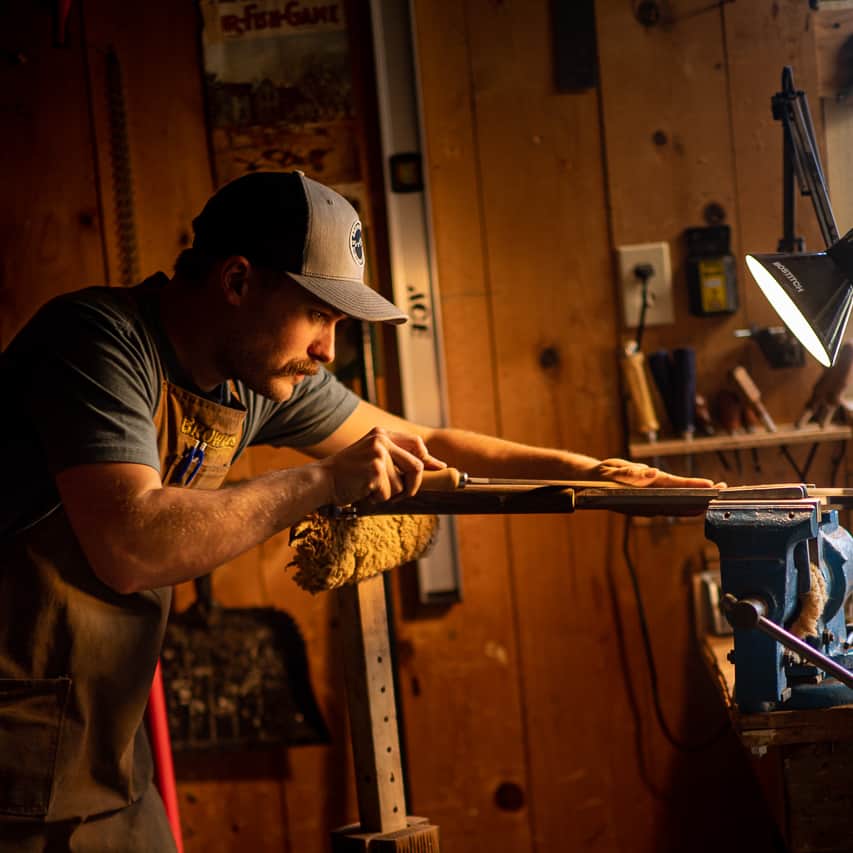
Written by: Kurt Martonik
Kurt is a Gunsmith, Reloader, Hunter, and Outdoorsman. He grew up in Elk County, Pennsylvania, where he became obsessed with the world of firearms. Following high school, Kurt enlisted in the United States Air Force as a Boom Operator, where he eventually rose to the position of Instructor. After his military service, he attended the Colorado School of Trades(CST) in Lakewood, CO for gunsmithing. Following graduation, he accepted a job at C. Sharps Arms in Montana, where he worked as a full time stockmaker and gunsmith.
Interesting stuff! Thanks for posting regularly Kurt – your articles are always great to read and offer fascinating insights into the gunsmith’s world.
Best to you for 2023 and please keep ’em coming!
Mark
Vancouver Island
Thanks Mark! I really appreciate the feedback. Best to you in 2023 as well!
The Leupold Alaskans sell for a princely sum these days. We couldn’t hardly give them away when Leupold closed them out. I have two friends who recognized them as really special and bought a few and have never regretted that decision. I sure wish I had been so astute.
They look particularly at handsome on a Winchester Model 52 Sporting Rifle.
Those Leupold Alaskans were an interesting marketing idea by them. They do look fantastic on a Model 52.